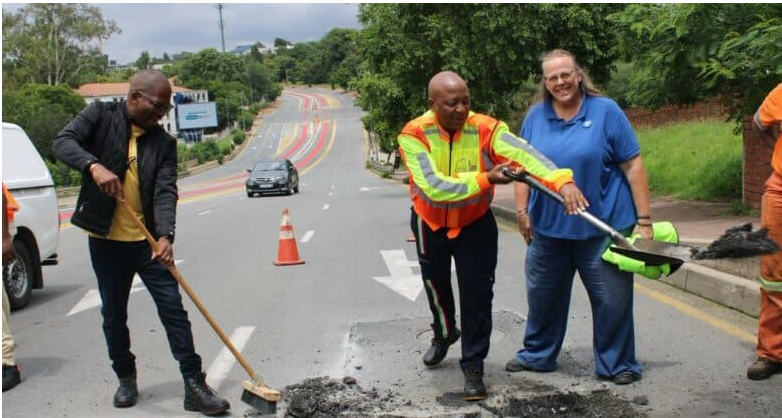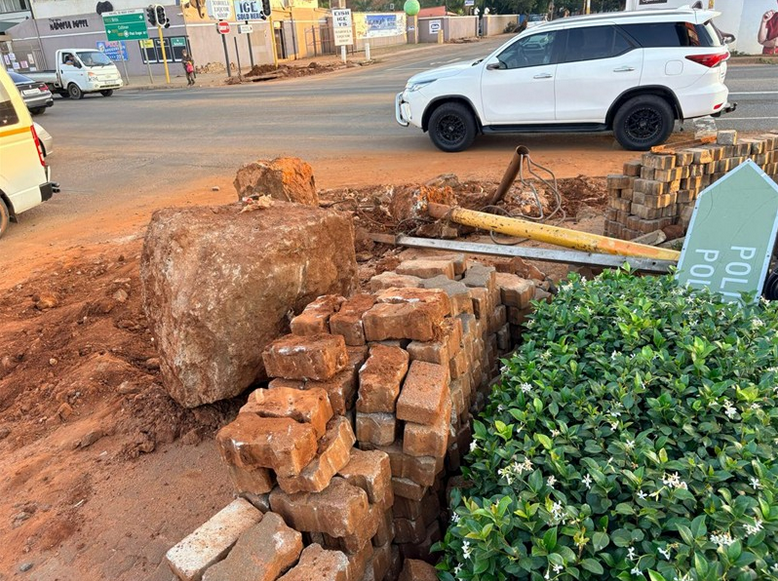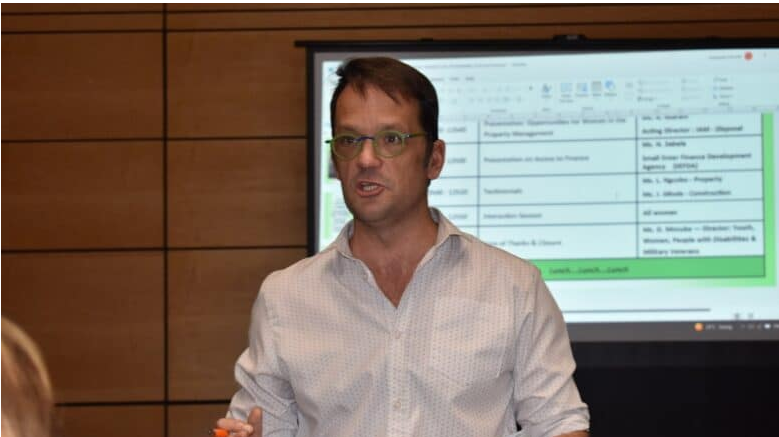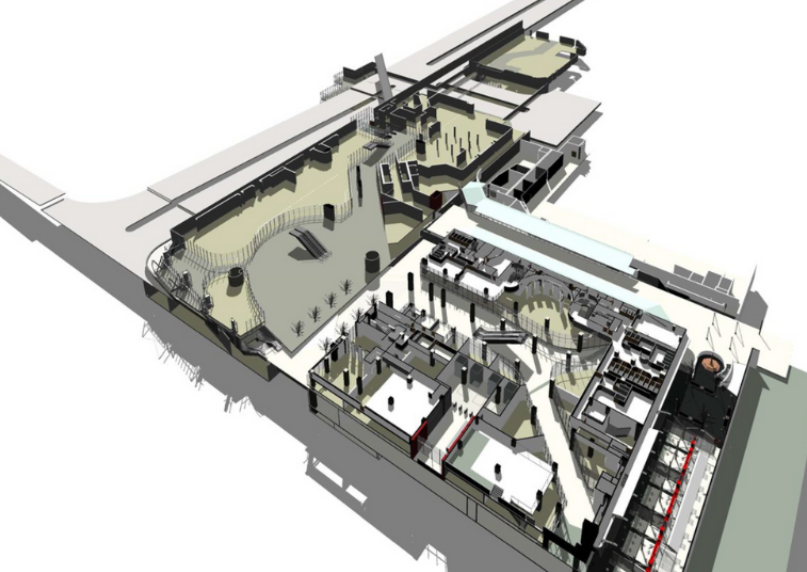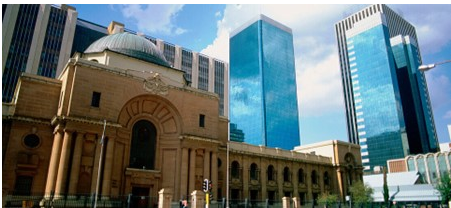SA's water storage stable
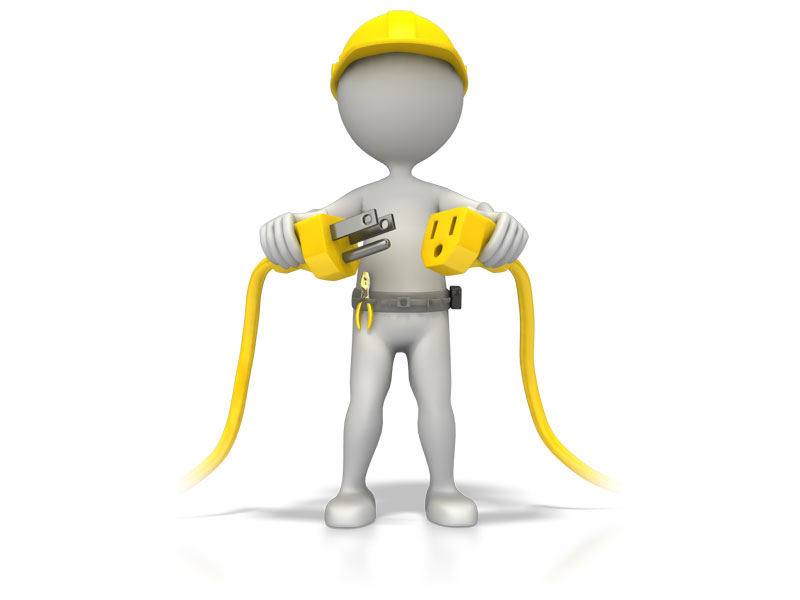
Advertising
03-02-2020
Read : 269 times
Bizcommunity.com
Source
Despite a week-long absence of rain in major parts of the country, South Africa's national water storage is stable. The latest week report on dam levels, released by the Department of Water and Sanitation on Thursday, 30 January, states that at the beginning of last week, the dam levels went up from 61.2% the previous week to 61.9% last week.
According to a report, water that is stored in reservoirs hovers around 19,826.0m3, more than half the full capacity of the country’s reservoirs (32012.2m3).
Eastern Cape dams on the rise
“Even more encouraging is the miraculous week-on-week rise of Eastern Cape dams by 2%, raising hopes that with more rains during this summer, the province may wiggle its way out of the stranglehold of the severe drought.
“In the past seven days, the province’s dam levels rose to 49.1% from 47.3%. During the same period last year, the provincial water storage was at 56.3%,” the report said.
Gauteng’s small dams have reached 103.2% capacity, with Vaal Dam clocking 56.7%. This is a far cry compared to 73.2% capacity during the same period last year.
Free State, which has the biggest dams in the country remains stable at 68.8%. Sterkfontein Dam, dubbed South Africa’s reserve bank of water, is also stable at 91.9%.
Gariep Dam, the biggest water reservoir in the country has risen to 70.6% this week, while Vanderkloof dropped from 61.2% the previous week to 60.3% last week.
Water challenges in Qwaqwa
Human settlements, water and sanitation minister Lindiwe Sisulu recently led a delegation to Qwaqwa to try and address water challenges in the area.
After meeting with officials of the Maluti-a-Phofung Local Municipality and other role players, the minister announced an amount of R220m that would be ring-fenced to address the immediate challenge and R280m that was allocated to Sedibeng Water for intervention as the department’s implementing agent. In addition, 5000 JoJo tanks will be provided as an immediate relief to address issues of water harvesting.
Mpumalanga is also experiencing dam levels that have risen from 73.7% to 74.7% this week.
Witbank and Middelberg dams on the Highveld recorded 95.8% and 97.5% respectively, while Loskop and Tonteldoos dams are bursting at the seams at 100% each.
However, Rhenosterkop that receives its water from Elands River, is virtually dry at 1.9%.
North West dams recover substantially
Thanks to consistent rains in the province, North West dams have also recovered substantially from below 50% two months ago to 66.8% last week.
The province has also increased the volume of water that is stored in its reservoirs to 597.3m3. Boskop Dam increased from 84.7% to 87.0% last week, while levels of the Johan Neser decreased to 97.0% compared to 101.7% the previous week.
Despite heavy drought spells in vast parts of Northern Cape, the province’s dam levels increased by 4% to 76.4%.
KwaZulu-Natal also realised a 1% increase from 56.5% to 57.6% last week. However, Umfolozi River in Umkhanyakude region is running low at 43%, leaving the area with little water for basic use.
Although Limpopo dams have also recovered miraculously from below 50% in November 2019 to 60.6% this week, parliament’s Portfolio Committee on Human Settlements, Water and Sanitation, will this week spend two days conducting an oversight visit to assess the efficacy of water and sanitation infrastructure and human settlement development projects in Giyani and Polokwane.
Recent News
Here are recent news articles from the Building and Construction Industry.
Have you signed up for your free copy yet?
